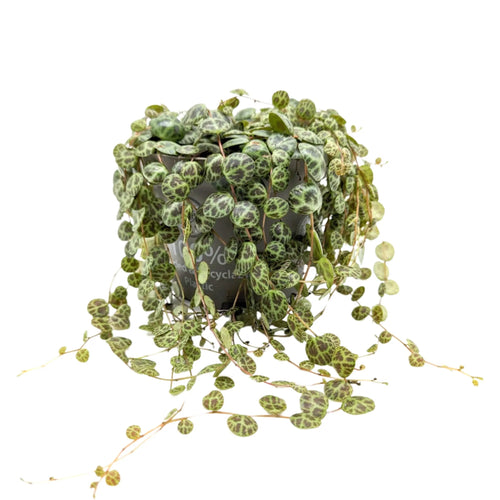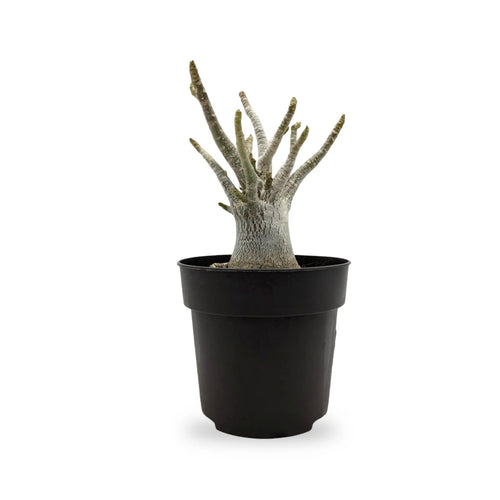Plant Pots and more...
Understanding Plant Pots
It can be a little confusing when choosing a decorative pot so we wanted to help you along your journey with some clarification.
 Every house plant comes with a 'nursery pot' which is normally brown and made from plastic. They're fully recyclable but not exactly attractive. They're simply what the plant has been grown in. But when you have the plant in your home, you don't want to the see this pot - you want to see your decorative and attractive one which is always slightly larger than the nursery pot.
Every house plant comes with a 'nursery pot' which is normally brown and made from plastic. They're fully recyclable but not exactly attractive. They're simply what the plant has been grown in. But when you have the plant in your home, you don't want to the see this pot - you want to see your decorative and attractive one which is always slightly larger than the nursery pot.
The pots on Leaf Culture are for the most part displayed with their internal diameter size showing. This means if a plant has a internal diameter of 17cm, you'd want to choose a plant pot that is 18cm or larger.
Here are a few other examples below to consider:
- Nursery pot 12cm - choose a 13-15cm pot
- Nursery pot 14cm - choose a 16-17cm pot
- Nursery pot 17cm - choose a 18-19cm pot
- Nursery pot 19cm - choose a 20-21cm pot
- Nursery pot 21cm - choose a 22-24cm pot
- Nursery pot 24cm - choose a 25-26cm pot
- Nursery pot 27cm - choose a 28-34cm pot
- Nursery pot 35cm - choose a 44-55cm pot
If you'd like any reassurance you're picking the right size pot for your house plant, simply shoot us a message and we'll confirm for you.

Watering your plants
It's always best to water from the bottom up with plants. This means watering directly into the bottom of a decorative pot so that your plant (which is still in the nursery pot) can absorb water that way. Now, there's a couple of reasons for this and one is very important.
1) If you water via the top, you might think it's convenient but it doesn't mean the whole plant will absorb the water. The only way of doing this properly is to let the plant absorb water via the roots.
2) Watering via the bottom means the top part of the soil generally stays dry. Why is this important? Because if you're watering via the top, you'll attract those pesky fungus flies that just love moist soil.
Lastly, when watering via the bottom, if you leave your plant a few hours before checking, you'll be ablt to see how much water it was absorbed and any excess can simply but discarded (preferably into your garden or another plant pot). So nothing is wasted.
Repotting house plants
Depending on the species and how full the plant pot really is, at some stage your plant will need repotting. You'll know when it's ready for a new pot when the roots are growing outside of the pot at the bottom.
When you repot into a different sized nursery pot, aim to go just one size larger. That means, one fingers width wider than the current pot.
Why not bigger?
Whilst bigger pots might seem logical and cost / time efficient, it's not. If your pot is too big, there will be too much soil in the pot relative to the roots. So when it comes to watering, the soil will stay wetter for longer which encourages root rot. So remember the golden rule of just increasing the pot size by one fingers width.




